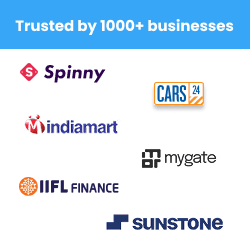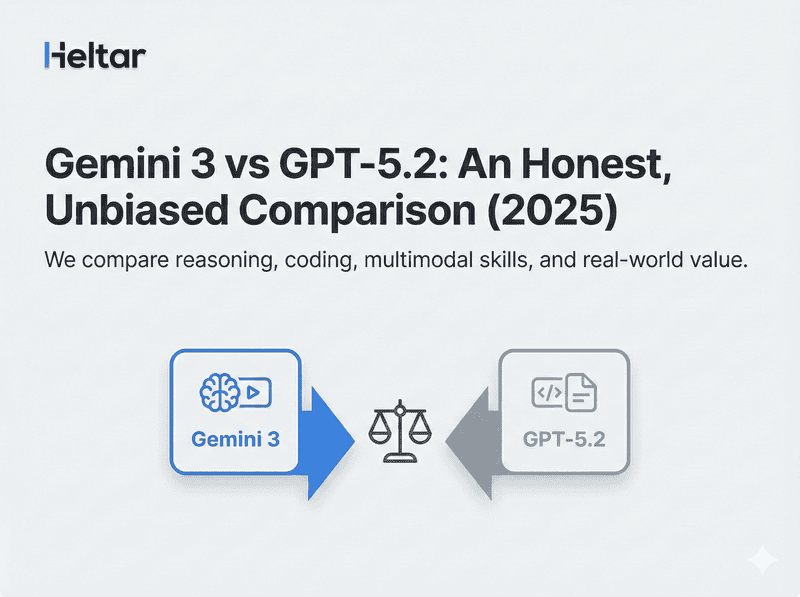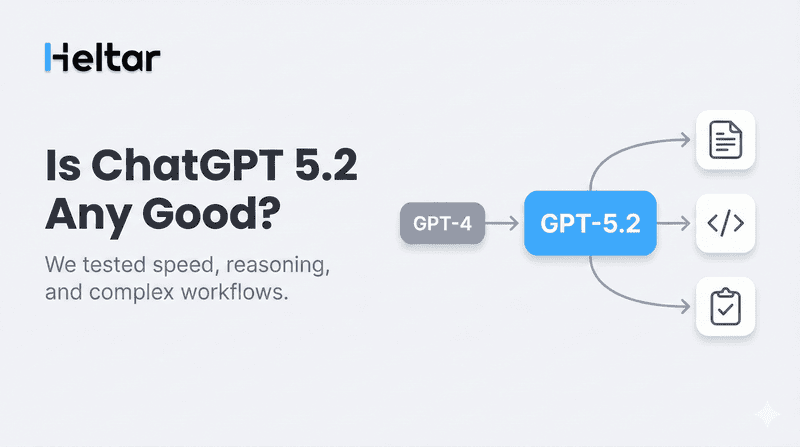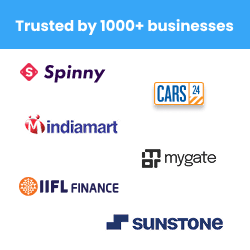
Meta has rolled out a Marketing Frequency Capping, aiming at improving user experience, and ensuring that businesses do not overload users with marketing messages, ultimately creating a ‘healthy ecosystem’ as Meta calls it, for everyone on the platform.
Why Frequency Capping?
WhatsApp has emerged as one of the biggest marketing channels for businesses due to its widespread reach among all kinds of audiences. While this has unlocked a huge marketing potential, the downside has been users getting bombarded by constant marketing notifications, leading to a decline in open rates.
To prevent WhatsApp from becoming another SMS platform cluttered with unwanted promotions resulting in a large number of messages going unnoticed, Meta has updated its terms and implemented ‘Marketing Message Frequency Capping’. This is intended to protect users from spam-like marketing experiences while encouraging businesses to be more strategic in their messaging.
How Does Frequency Capping Work?
Frequency Capping limits how many marketing messages a user can receive from businesses within a specific timeframe. This cap for each user adapts based on factors such as how many messages the user has already received or whether they've interacted with previous ones.
For example, if six brands have sent marketing messages to a user, WhatsApp may block a seventh marketing message from a business, even if that business is reaching out to this user for the first time. Businesses will receive a clear error code (131049), stating that, “This message was not delivered to maintain healthy ecosystem engagement..”
Frequency Capping specifically targets marketing template messages sent through WhatsApp Business API. The focus is on preventing unsolicited marketing spam while still allowing critical interactions. Any ongoing conversation with a customer will not be affected within the 24-hour window.
Benefits of Frequency Capping for Businesses
By limiting the number of marketing messages a user receives, businesses can avoid the risk of frustrating their audience. Also, this cap forces businesses to focus on sending meaningful, engaging messages that resonate with the audience.
Here’s how you can adjust your strategy to leverage the cap:
Instead of broadcasting, use chatbots to initiate meaningful interactions and create dialogues with your customers.
Make sure your messages offer real value, through personalized updates, exclusive offers or useful tips.
Use data-driven insights to optimize your messaging frequency and avoid overwhelming users. For example, analyze open rates to focus on customers likely to engage with your messages again, or tailor remarketing efforts to specific market segments for improved ROI.
What can you do to improve the delivery rate?
As the cap is not permanent retry sending marketing messages at increasing intervals (e.g., after two days, then a week, and so on).
Engage more with customers by rendering customer support along with marketing messages.
Check if users have read (message has blue ticks) the previous marketing messages (in WhatsApp API it comes as a webhook). If a message has gone unread, use an alternate communication channel to prompt users to open it. This helps prevent further undelivered messages.
For more interesting insights on WhatsApp Business API, check out heltar.com/blogs.




